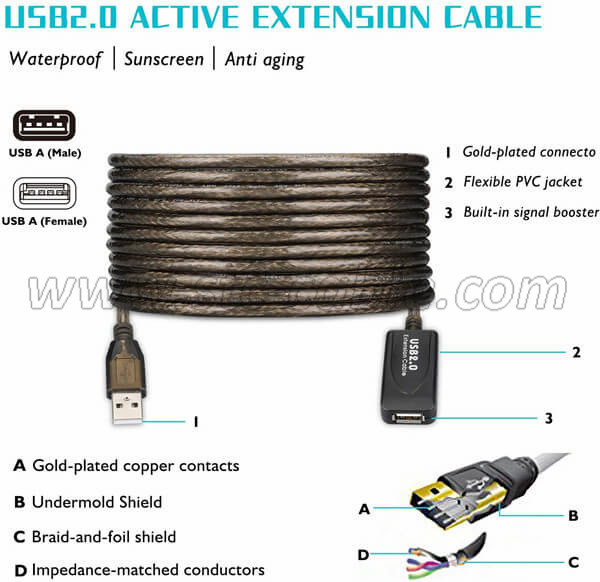What can I use my television's USB port for?
The USB port on a television can be quite versatile, and its functionality can vary depending on the TV model and manufacturer. Here are some common uses for a TV’s USB port:
1. Powering Devices
Charging Devices: You can use the USB port to charge devices like smartphones, tablets, or other small electronics. This is convenient if the TV's USB port provides enough power and you don’t have an available wall outlet.
Powering Accessories: Some TVs use the USB port to power small accessories like amplified TV antennas. The USB port provides a convenient power source without needing an additional wall adapter.
2. Playing Media
USB Drives: You can connect a USB flash drive or external hard drive to the TV's USB port to play media files such as videos, music, and photos. This is a common feature on many modern TVs.
Supported Formats: Ensure that the media files are in a format supported by your TV. Check the TV’s manual or settings for supported file types and formats.
3. Software Updates
Firmware Updates: Some TVs allow you to perform firmware or software updates via a USB drive. You would download the update file from the manufacturer’s website, load it onto a USB drive, and then connect the USB drive to the TV to complete the update process.
4. Recording TV Shows
PVR Functionality: Certain TVs with USB ports support personal video recorder (PVR) functionality, allowing you to record live TV onto a connected USB storage device. This feature might require an external hard drive rather than a USB flash drive and may need to be set up in the TV’s menu settings.
5. Viewing Photos
Slideshow: You can use the USB port to view photos stored on a USB drive. Most TVs offer a slideshow function to display your pictures on the screen.
6. Connecting Other Devices
Smart TV Accessories: In some cases, USB ports can be used to connect accessories like webcams or keyboard/mice if the TV supports these functions.
How to Use the USB Port
1. Consult the Manual: Check your TV’s user manual for specifics on what the USB port supports and any limitations or requirements.
2. Format and File Types: Ensure any storage devices are properly formatted (usually FAT32 or NTFS) and compatible file types are used.
3. Power Considerations: For charging or powering accessories, check the USB port’s power output, as it may vary.
Common Issues
1. Limited Power Output: USB ports on TVs often provide limited power, so they might not be suitable for charging larger devices or powering high-draw accessories.
2. File Compatibility: Not all media formats are supported; consult your TV’s specifications for compatible file formats and codecs.
By utilizing the USB port effectively, you can enhance your TV’s functionality and convenience.
Send your message to us:
Post time: Jul-22-2024
